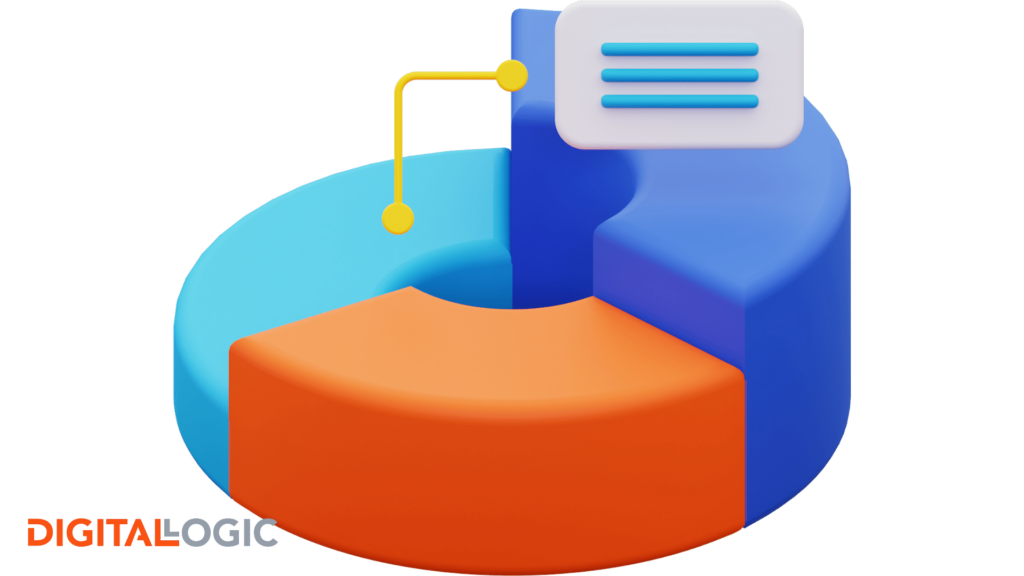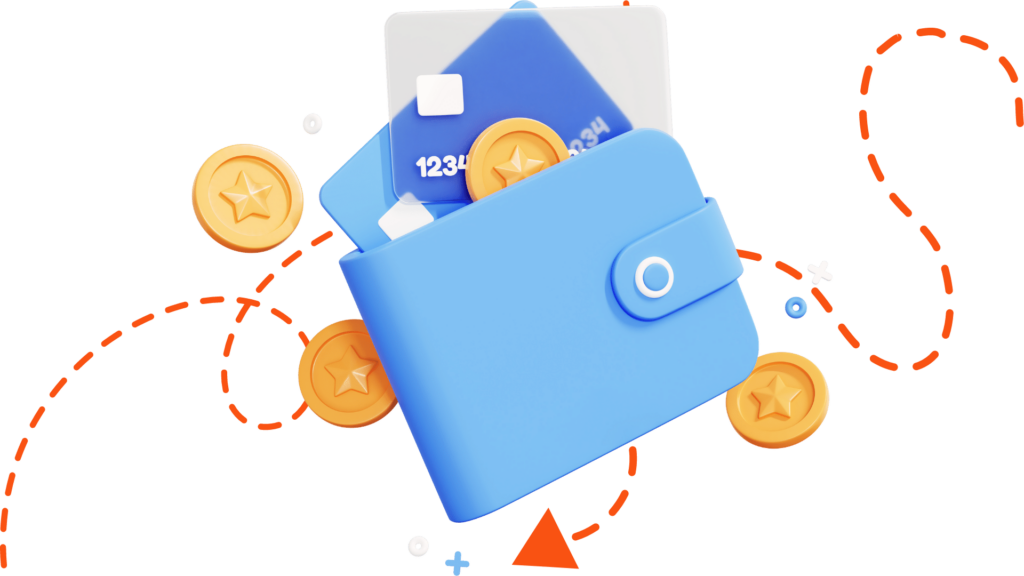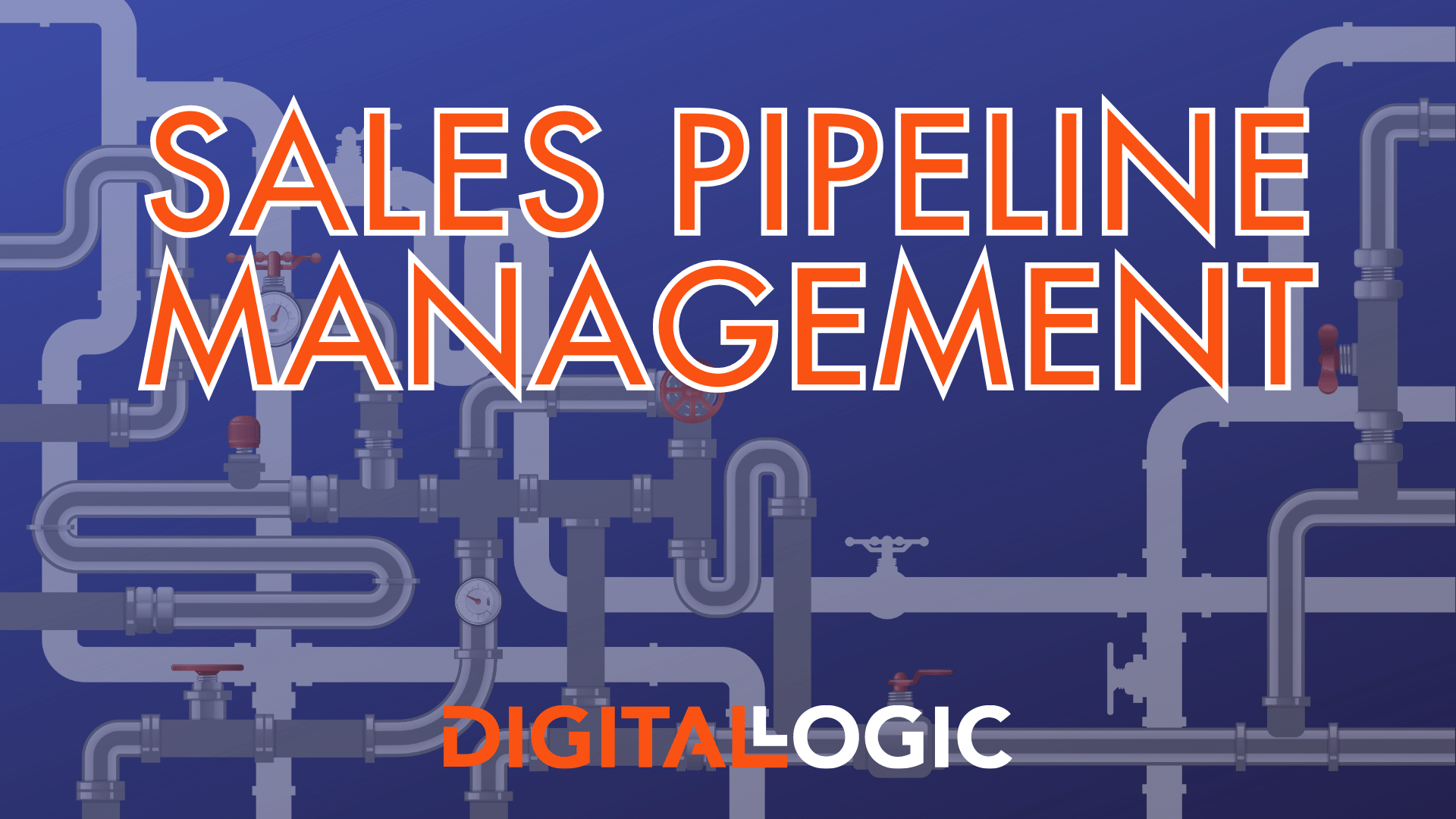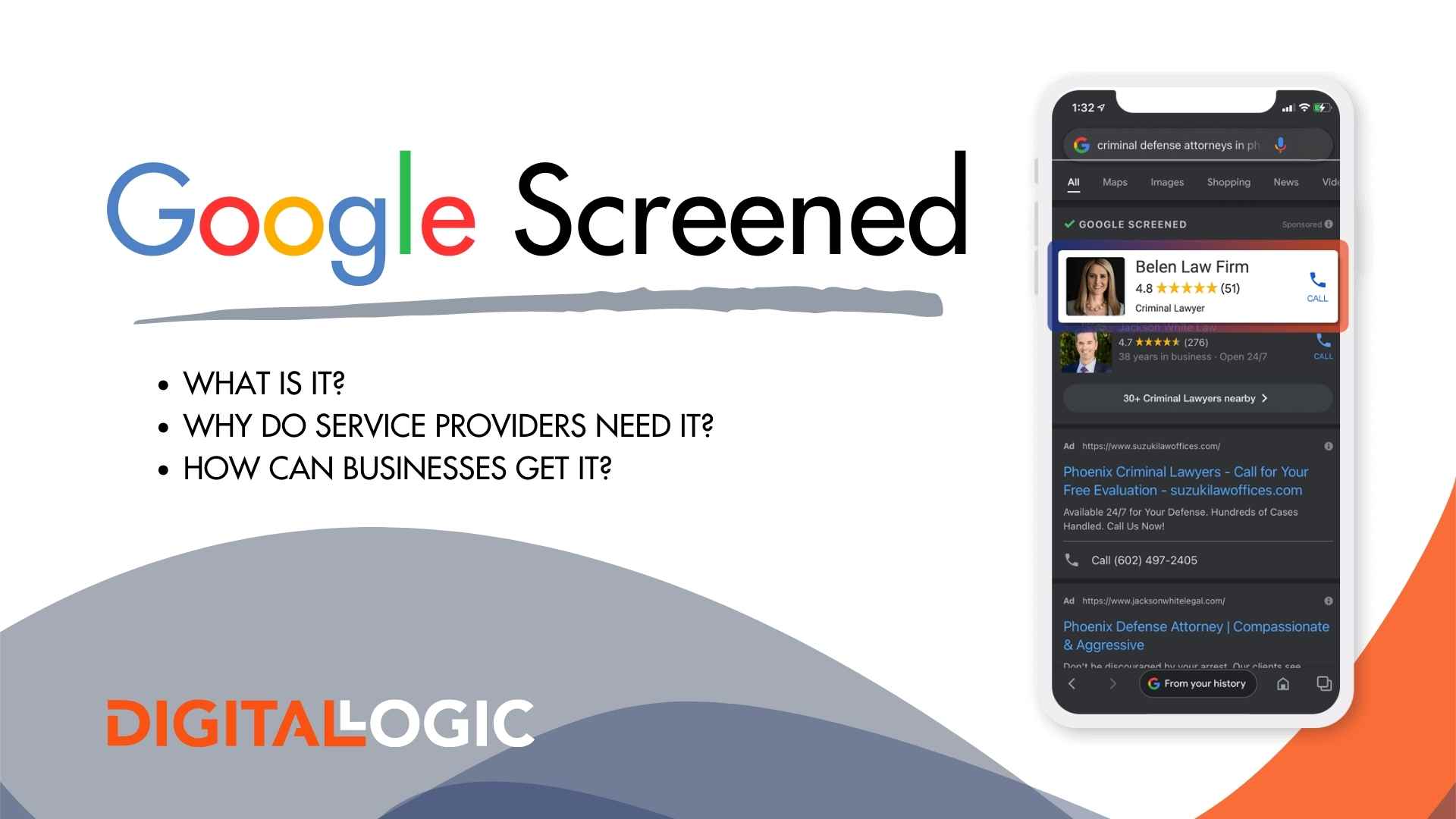“Sales pipeline” is more than just a word you hear the sales team throw around occasionally. It is an integral part of the formal sales process that allows sales and marketing teams to identify critical points of the customer journey.
As a digital marketing company, Digital Logic understands the importance of sales pipeline management in ensuring a successful sales process.
Proper pipeline management helps businesses gain insights into their customer acquisition process, identify areas for improvement, and ensure that they are maximizing their sales potential. Effective pipeline management also enables sales teams to prioritize their efforts, focus on the most promising leads, and improve their conversion rates.
Pipeline Management
Table of Contents
ToggleIn this post, we’ll cover the basics of sales pipeline management as well as how to build an effective pipeline to track your business’ sales goals.
What is a Sales Pipeline?
A sales pipeline refers to the various stages a potential customer goes through before making a purchase. It is a visual representation of the sales process, from the initial contact with a lead to closing the deal. The pipeline usually consists of several stages that reflect the different interactions that the sales team has with the prospect. These stages may include lead generation, lead nurturing, qualified leads, and closing.
A well-managed sales pipeline provides a clear understanding of where each potential customer stands in the sales process, helping sales teams prioritize and focus their efforts on the most promising leads. By managing the pipeline effectively, sales teams can improve their conversion rate and revenue.

Sales Pipeline vs. Sales Funnel
WHAT IS A SALES FUNNEL?
Remember how we said a sales pipeline is a visual representation of where customers fall in the sales cycle? Well, a sales funnel is a similar representation, but it is a visualization from the opposite point of view. Imagine a two-way mirror: one side is the potential customer who can only see themselves, and the other side is the business, who can see both themselves and the potential customer.
The sales funnel follows the traditional customer’s journey, with the four stages being awareness, interest, decision, and action.
WHAT IS A SALES PIPELINE?
While a sales funnel reflects where the potential customer, or what is called “sales prospects” or “sales targets” in the business world, falls in the sense of whether or not they will make a purchase, a sales pipeline is more about reflecting what a sales team needs to do to convert the prospect into a paying customer.
In other words, it’s about how to get them from the starting point to the finish line rather than just taking note of how far they are from the finish line in sales processes.
Sales Pipeline Stages
Despite how your marketing team attracts leads, whether it is through SEO, PPC, email marketing, or social media, it is essential to identify where those leads fall in terms of the sales pipeline. Depending on who you ask, there are different stages of the sales pipeline management process. As for us? We believe the most important sales stages include the Lead Generation Stage, the Lead Nurturing Stage, Establishing Sales Qualified Leads, and Closing (or Losing) the Deal.
Lead Generation
The lead generation stage is exactly what it sounds like: it’s all about generating those leads.
More specifically, it is the process of gaining perspective customers’ attraction and interest in your product or service. It’s identifying sales opportunities and finding ways to guide those prospects through the buyer’s journey.
We briefly mentioned a few ways to attract leads earlier (SEO, PPC, etc.), but there are a number of ways sales reps, or your marketing department might garner leads. It is up to the sales team to determine which lead-generation strategies work best for their specific target audience.
Lead Nurturing
The Lead Nurturing stage comes next. For successful pipeline management, once a lead has been formally generated, it’s important that sales reps maintain communication with their prospects to continue to sway them on the product or service being offered.
These prospects often aren’t quite ready to buy, but since their interest peaked in one way or another, this stage essentially reminds them of their original interest and provides new information that might be helpful in pushing them further down the pipeline.
Qualified Leads
Qualified leads are prospects who have been assessed by the sales manager or sales team and have been determined to be a likely customer or otherwise are highly considering making a purchase and can move further down the sales pipeline.
Closed or Lost Deal
In the average sales cycle, only a very small percentage of prospects actually make it to this point. However, the conversion rate from Qualified Leads to a Closed Deal is often much higher, as they wouldn’t be considered qualified leads if they didn’t stand a good chance of making a purchase.
How to Build a Sales Pipeline
Through effective sales pipeline management, businesses can move from the outdated, standardized sales process and streamline their sales process to improve their overall sales performance.
With the increasing availability of customer data and marketing technology for sales prospecting, managing the sales pipeline has become more complex, requiring businesses to adopt a strategic and data-driven approach to sales activities.
By leveraging marketing automation tools, businesses can automate repetitive tasks, track customer behavior, and personalize their interactions, which provides a seamless and engaging customer experience.
Sales managers that adopt this strategy understand how this positively affects their sales pipeline.
Below, we’ll touch on the main points for how sales managers can create a clearly defined sales process and gather sales pipeline data to interpret, understand, and benefit from.

Identify Target Market
Industry and Competitive Research
In this stage, you’ll conduct competitive market research.
You’ll look at your competitors’ sales activities, weak sales opportunities, sales effectiveness, etc., within their sales pipeline. You’ll then take the strategies that work and use them to increase your own sales revenue.
You should be able to gather key metrics, including important sales data such as the number of qualified leads, conversion rate, acquisition costs, and more. Knowing and implementing these metrics into your sales pipeline is crucial in successful management.
Reach Out To Target Market
Focus on Value-Based Selling During The Sales Process
Value-based selling is a crucial approach to sales pipeline management as it puts the customer’s needs and preferences at the forefront of the sales process.
By focusing on the value that your product or service provides to the customer rather than just its features or price, you can establish a deeper understanding of their specific pain points and how your solution can solve them. This approach enables your sales reps to tailor their sales pitch to the customer’s unique needs and demonstrate how your solution can deliver real value to their business.
By emphasizing the benefits and outcomes of your product or service, sales leaders can differentiate their business from competitors as well as build stronger relationships with prospective customers.
Additionally, value-based selling encourages a more consultative, relationship-oriented approach to sales, which can lead to higher customer satisfaction and retention over the long term.
Overall, prioritizing value-based selling during the sales pipeline management process is key to meeting your sales quota, driving revenue growth, and building a loyal customer base.
What is Management Pipeline?
Management pipeline refers to the process of managing projects, initiatives, or workflows that involve multiple stages or phases.
In this context, the pipeline would represent a visual representation of the various steps or stages involved in the sales process, from initiation to completion. By tracking progress through the pipeline and identifying potential bottlenecks in the sales cycle or areas of inefficiency, sales managers can improve the overall performance and effectiveness of the sales process.
Characteristics of Sales Pipeline Management Best Practices
How Digital Marketing Can Help Your Sales Team Increase Sales Pipeline Metrics

Digital marketing can be a powerful tool for increasing sales pipeline digital marketing metrics, such as lead generation, conversion rate, and future revenue growth.
By leveraging a variety of digital channels, such as search engines, social media, email, and content marketing, businesses can reach a wider audience of sales proposals and engage with them in more targeted and personalized ways.
For example, digital advertising can be highly targeted to reach specific demographic or behavioral segments, while email marketing can be customized to deliver personalized messages based on a customer’s past behavior or preferences.
Additionally, digital marketing enables businesses to track and analyze key KPI metrics in real-time, providing valuable insights into the performance of the sales pipeline and opportunities for optimization. By continuously monitoring and refining digital marketing efforts, businesses can improve the efficiency and effectiveness of their sales pipeline, resulting in increased lead generation, higher conversion rates, and, ultimately, greater sales revenue.
At Digital Logic, we believe that sales pipeline management is crucial for businesses to maintain a competitive edge in today’s digital landscape. We are committed to helping businesses achieve their sales goals by providing tailored digital marketing solutions that align with their unique business needs and objectives.
We offer a free SEO audit service for anyone looking to grow their business by harnessing the power of organic search engine traffic.





